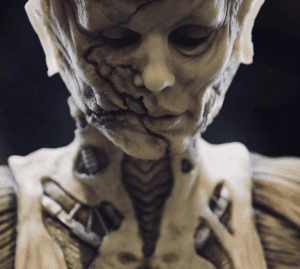5 interesting facts about rhinoplasty
Surgical operations to correct the shape of the nose and nasal septum are called rhinoplasty. According to statistics, this type of intervention is most in demand among women around the world. First of all, this is since operations of this kind have become much more affordable in the price and the presence of competent professionals. We have collected the most common facts about rhinoplasty, which should be known to all who are planning surgery.
Complexity
Rhinoplasty is a complex operation that requires the doctor to be precise. To change the shape or size of the nose, you have to smooth, move, remove cartilage and bones, change their shape. Manipulations are complex in themselves, and they must be carried out so that the intervention remains invisible. Well-known plastic surgeons have more than a dozen rhinoplasty surgeries on their shoulders.
The need for surgery may come with age
In adulthood, even a perfect nose in adolescence may "require" rhinoplasty. With age, due to reduced tissue elasticity, the tip of the nose falls. The face becomes gloomy and to restore the former shape of the nose, plastic surgery of the soft tissues of the nasal cavity is needed. And although rhinoplasty is not one of the anti-ageing plastic surgeries, many patients are dissatisfied with their nose just in adulthood.
Rhinoplasty is not always a cosmetic operation
The patient does not always seek to change the shape, size or proportions of the nose to improve the aesthetics of the face. Very often rhinoplasty is a reconstructive operation when for its implementation there are medical indications or the need for rehabilitation in society: the restoration of the nose after injury, illness or birth defects.
Failure of the operation
There are absolute medical contraindications: diabetes, blood clotting disorders. In some cases, the plastic surgeon may refuse the operation. According to some surgeons, many patients have unrealistically high expectations of surgery. Therefore, the doctor at the consultation tries to convey to the person what changes are possible in his case, what can not be done at all and for what reasons. Sometimes the doctor may deny the patient surgery when the nose objectively does not require surgery. It's about psychological, not aesthetic problems.
The result will be a few months after surgery
It is necessary to estimate the final result of rhinoplasty only in some months. Because the process of cartilage and bone repair takes a long time, the stronger the surgery, the longer it can take for the nose to "sit" in place. In some cases, surgeons recommend waiting a year or a year and a half. And only then make conclusions about the result of plastic surgery.









